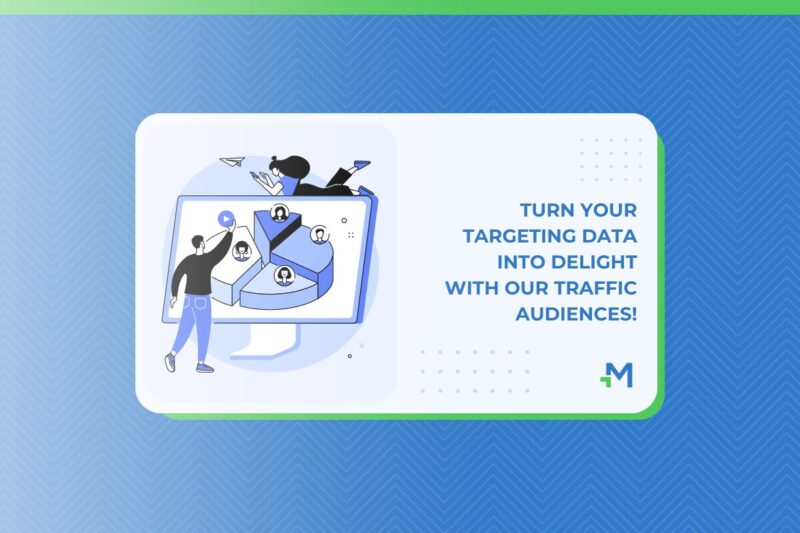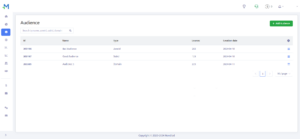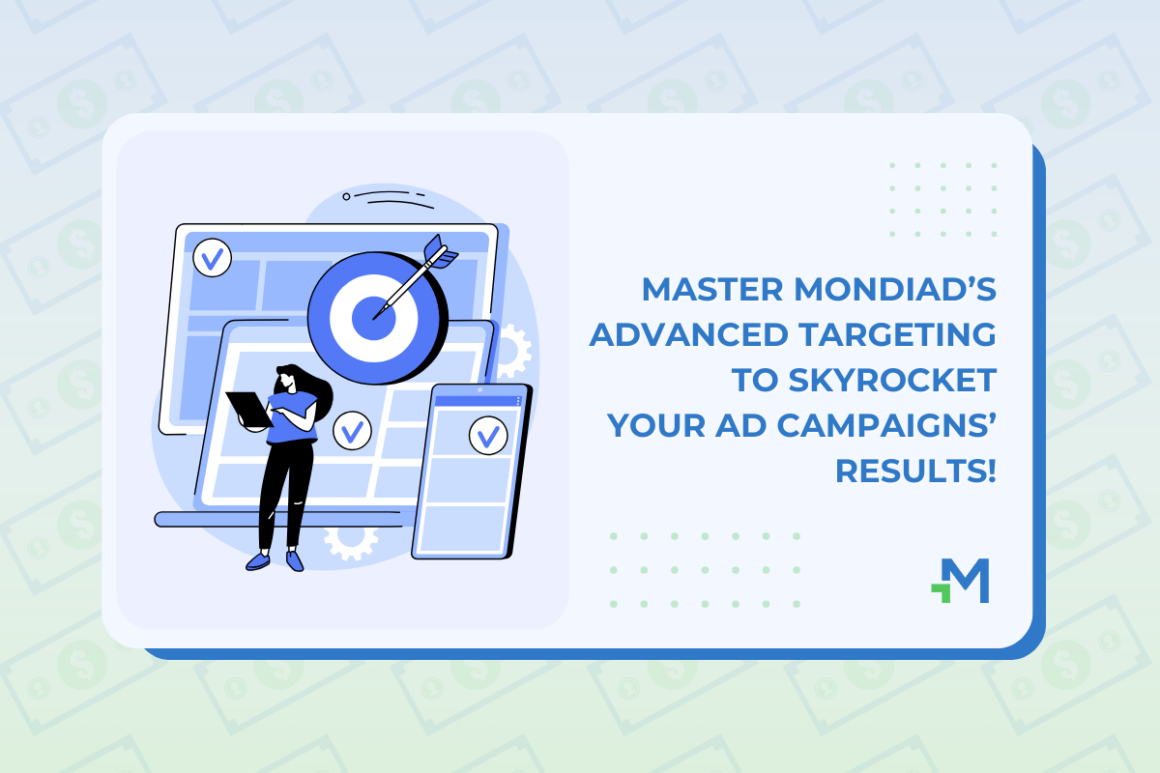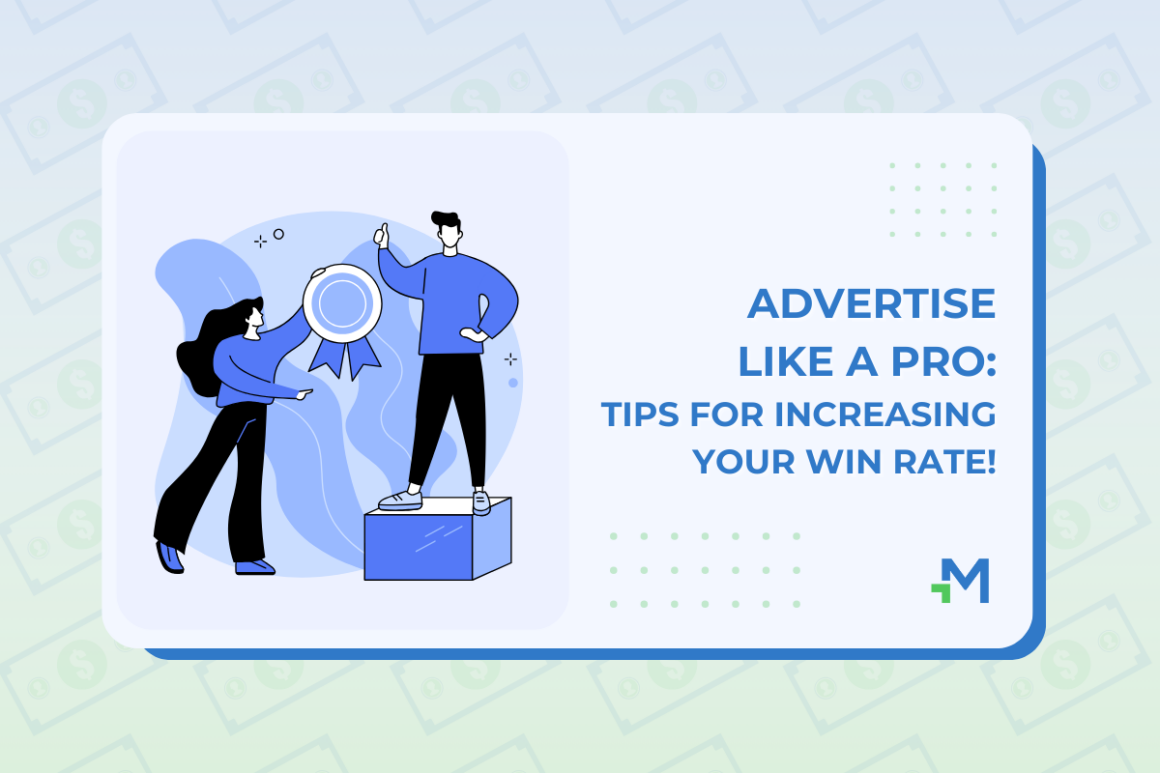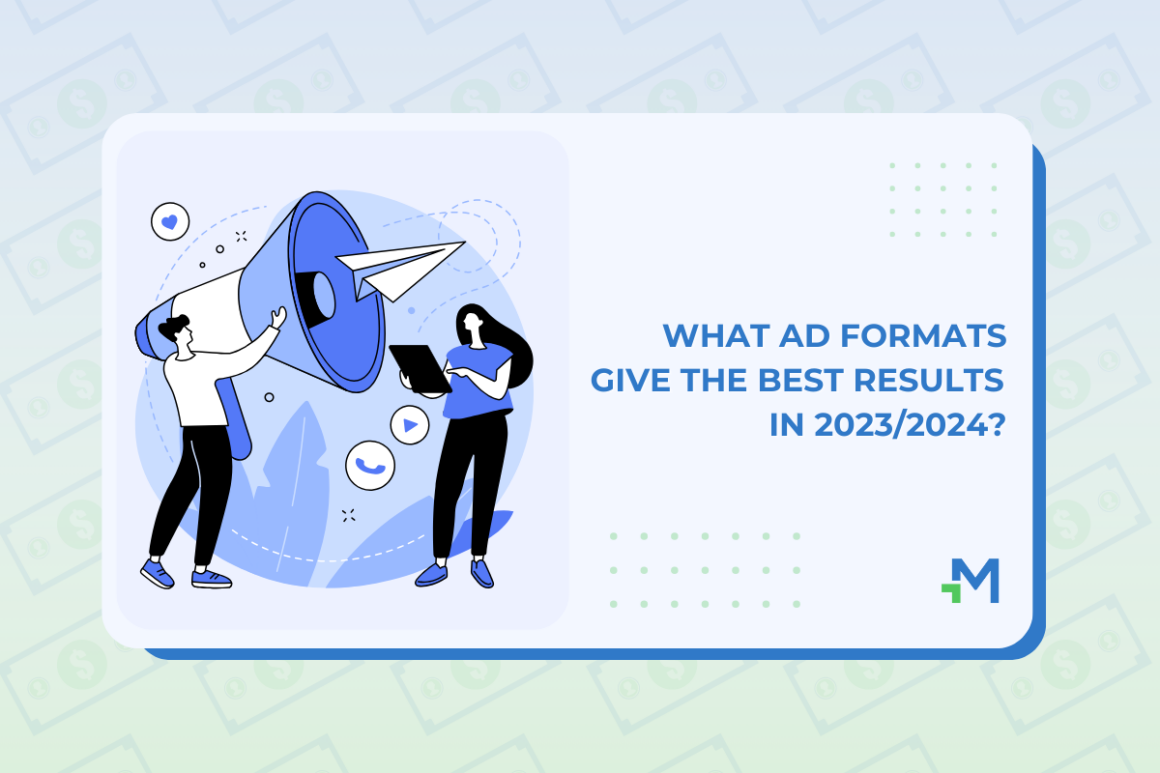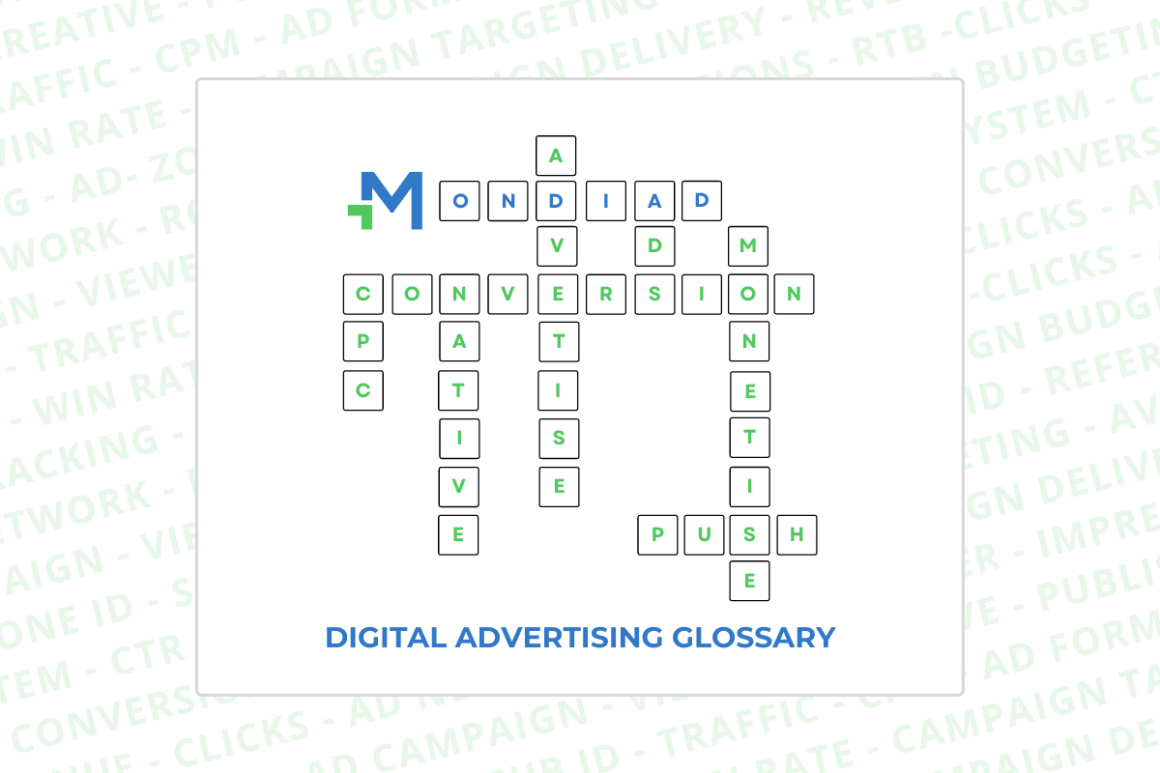Fill in the blank: “Know your _______.”
Did you say audience? Then, you’re on the right track!
Whether you’re a seasoned marketer or just dipping your toes into digital advertising, understanding the nuances of traffic temperature – cold, warm, and hot – is crucial to your success. As each type represents a different level of familiarity and engagement with your brand, naturally, you’ll want hot traffic consisting of individuals who have already expressed a keen interest in your ad.
And now the real problem begins… how can you identify these people? As complicated as it may sound, it’s not always the case. Here at Mondiad, we aim to provide you with the right traffic as well as the best tools to reach the right traffic for your business. With this in mind, let’s dive into one of our cool features to help you filter out your traffic: traffic audiences. 💲🧲
What’s with these Audiences?
If you’re a Mondiad advertiser but you are not using audiences in your campaign targeting, you are leaving your leads up to chance. Mondiad campaign audiences is an ad targeting option that lets you find people who already know vibe well with your ad. This of it like another layer that filters your audience and brings you closer to your ideal target market, reducing cost, improving your workflow and consequently your ROI.
| An audience refers to a list of ZoneIDs/SubIDs/Domains, an advertiser creates and collects from running a Mondiad ad campaign. Audience lists can then later be used in future campaigns as Whitelist or Blacklist sources, to either be targeted or excluded from targeting. 🎯 |
Find all about how to set up your audiences here.
Mondiad Traffic Audiences + Optimisation Rules = BEST COMBO
What if we tell you can use the Mondiad audiences with another in-house tool to fine-tune your campaign targeting, ALL AUTOMATICALLY?
| Well… you can. You can use the Mondiad optimisation rules that allow you to create automatic what-if conditions based on several campaign parameters like creatives, subids, zoneid, campaign and, you guessed it… audiences. |
With this in-house tool combo, you can easily and efficiently reach the people who are most likely to convert or eliminate underperforming traffic segments, saving you money. Either way, your campaigns are looking good backed up by this tech.
But enough with the talk, let us show you:
| If SubID has greater than 1000 Impressions and CTR greater than 0.09% during Last 7 days then add to Audience “Bad CTR” |
Checking the campaign reports a little later, we can notice how our optimization rule has automatically deactivated SubIDs which were not following the desired conditions.
See? Magic! 🔮
Still undecided? Just look at all these perks!
– Optimise your costs:
Knowing who to reach out to in advertising is a real money-saver. In most cases, a positive ROI is the end goal of a campaign, especially in affiliate marketing.
– Improve conversion rates:
Add another layer of targeting using the best data: your own campaign data. Increase your campaign results by either going after segments that are most likely to convert or eliminating underperforming ones.
– Save up on time, time is money:
Automatically segmenting your targeting with this tool combo will free up your schedule so you can focus on other issues like your strategy or the creative aspects of your campaigns.
– Eliminate human error & enjoy consistency:
Allow automated rules to eliminate human error and ensure that campaigns are always performing on your predefined terms, all aligned with your goals.
– Scale up your data:
Do you know what campaign data is usually the best? It’s your own data. Despite some patterns here and here which can be generally applied, no one is you. Embrace your insights, understand your audiences, centralize your data, and ultimately scale it up!
Final remarks & best practices from us:
– Keep your data fresh:
Make sure to regularly update your audience lists’ data to ensure that you are targeting the most relevant segments.
– Test multiple audiences:
Try combining multiple audience with your optimization rules, to see which performs the best. For example, you can set a good and bad list and use rules to automatically capture each source, according to its performance. You can have as many audiences as you need. 😉✌️
– Use descriptive names for your audiences.
It’s best to be specific when naming your audience list. An easily recognizable, descriptive title based on the characteristics of your prospects is usually the best.


